(MPI) - On September 10, 2024, in Hanoi, the Economic and Forecast Magazine, Ministry of Planning and Investment organized the Forum "Realizing the National Strategy on Green Growth in Vietnam: Promoting Green Capital Flows" with the aim of providing policy information, as well as specific support conditions from state management agencies for efforts to promote green capital flows, in order to realize the National Strategy on Green Growth in Vietnam.
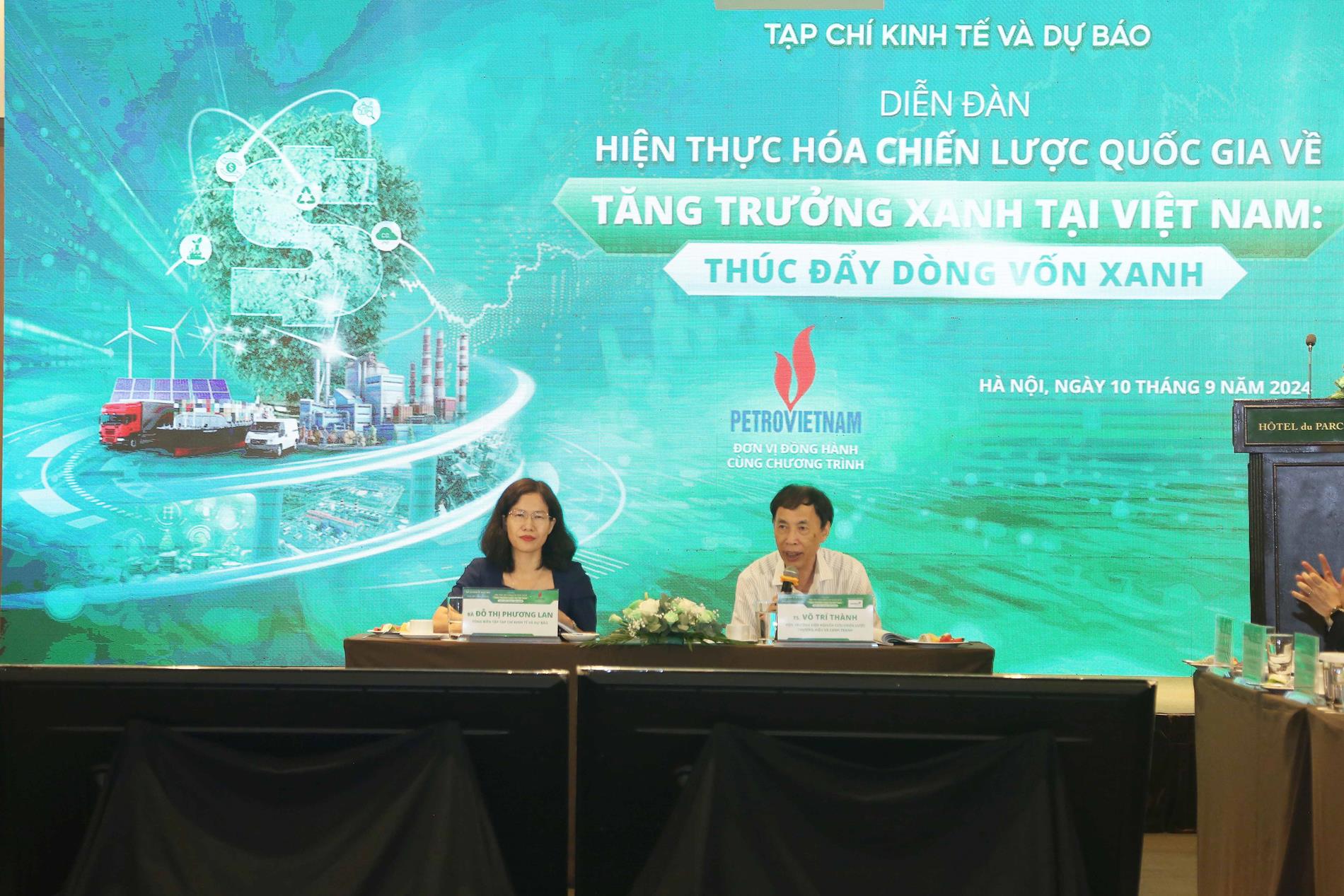 |
| Ms. Do Thi Phuong Lan, Editor-in-Chief of the Economic and Forecast Magazine and Dr. Vo Tri Thanh, Director of the Institute for Brand Strategy and Competition Research chaired the Forum. Photo: MPI |
In her opening speech at the Forum, Ms. Do Thi Phuong Lan, Editor-in-Chief of the Economic and Forecast Magazine, shared that Typhoon Yagi is a typical example of the increasingly erratic and severe developments of climate change, and also shows the severity of natural disasters.
Vietnam has identified climate change response as one of its key and urgent tasks. On October 1, 2021, the Prime Minister issued Decision No. 1658/QD-TTg approving the National Strategy on Green Growth for the 2021-2030 period, with a vision to 2050, with the goal of green growth contributing to promoting economic restructuring associated with growth model innovation, achieving economic prosperity, environmental sustainability and social equity, towards a green, carbon-neutral economy and contributing to the goal of limiting global temperature rise.
To achieve green growth goals, Vietnam needs huge resources. According to estimates by the United Nations Development Programme (UNDP), to implement the commitment to net zero emissions by 2050, Vietnam needs about 330-370 billion USD. According to the Ministry of Natural Resources and Environment, the financial need for emission reduction measures in each sector according to Vietnam's environmental commitments by 2030 is about 68.75 billion USD. Of which, the national source of self-implementation is forecasted to be about 24.722 billion USD, accounting for 36% and the need for international support resources is expected to be about 44.028 billion USD, accounting for 64%. In particular, Vietnam needs more resources to achieve climate commitments according to the 26th United Nations Climate Change Conference (COP26), to adapt to climate change and achieve national green growth and sustainable development goals. Therefore, the mobilization and effective allocation of domestic and foreign financial resources from different sectors of the economy is very important and urgent to meet green growth goals, towards sustainable development.
Financial resources to promote green growth in Vietnam have been identified in the Green Growth Action Plan for the 2021-2030 period (Decision No. 882/QD-TTg of the Prime Minister dated July 22, 2022), including resources from the state budget; resources from the private sector; resources from international assistance (ODA, support capital and preferential loans for green growth); and other social community resources.
From the overall policy perspective, a representative of the Department of Finance and Monetary Affairs, Ministry of Planning and Investment said that currently, policies and orientations for green financial development as well as green credit and green bonds have been issued quite fully.
Regarding specific policies, Dr. Nguyen Thanh Nga, Deputy Director of the Institute of Strategy and Financial Policy, Ministry of Finance, said that recently, the budget collection policy has been effective, regulating behavior in the direction of encouraging the economical and efficient use of resources and environmental protection; State budget mobilization policies have been adjusted promptly and flexibly, responding to the epidemic, supporting businesses and people to have more resources for investment and consumption; thereby, contributing to promoting production and business development.
Regarding state budget expenditure policy, state agencies have completed regulations on prioritizing investment and regular expenditure for green growth targets; developed programs, strategies and national action plans related to green growth; completed regulations on public procurement in the use of energy-labeled and green-labeled products for environmental protection.
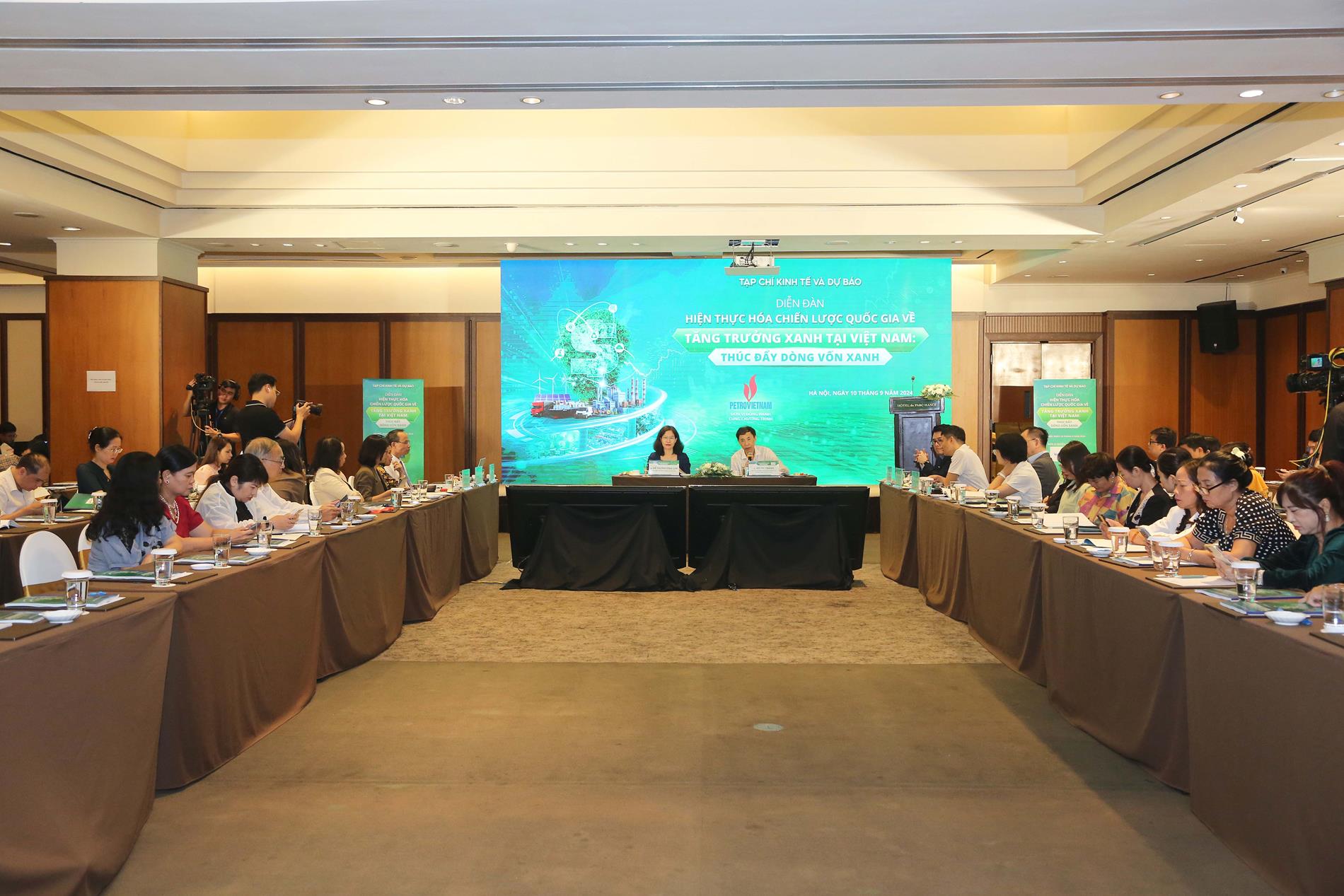 |
| Overview of the Forum. Photo: MPI |
In addition, the legal framework and policies for developing the green stock market have been gradually formed; A number of other green financial policies (green insurance, development of the carbon credit market) have also been issued.
Regarding the development of green financial instruments from the perspective of the Stock Market Development Strategy to 2030, Mr. To Tran Hoa, Deputy Director of the Market Development Department, State Securities Commission, said that the Stock Market Development Strategy to 2030 has set the goal of "developing green financial instruments and sustainable finance". These instruments will be important pillars in building a green and sustainable capital market, contributing to promoting the role of a medium and long-term capital mobilization channel, a necessary financial source for projects related to renewable energy, clean and green technology and other environmental protection projects, thereby helping to reduce dependence on non-renewable energy sources and encourage the use of environmentally friendly energy sources.
The workshop also heard a sharing by Dr. Can Van Luc, stating that by the end of June 2024, green credit outstanding balance reached nearly 680 trillion VND, accounting for about 4.5% of total outstanding balance of the entire economy. Outstanding balance assessed for environmental and social risks accounted for more than 21% of total outstanding balance of the credit institution system and increased by more than 20% compared to the same period in 2023. Regarding green bonds, in the period 2016-2020, there were a total of 4 green bond issuances, worth 284 million USD. In the period 2019-6M/2024, Vietnam issued about 1.16 billion USD of green bonds.
From business practice, Ms. Diep Thi Kim Hoan, Director of Sustainable Development, DEEP C Industrial Park Complex pointed out some difficulties of businesses in the process of accessing green finance such as lack of information about green credit providers; actual financial costs; green project criteria are not specific and clear; Green credit funds often do not accept collateral, businesses need bank guarantees; Small-scale projects have difficulty accessing foreign loans; risks of exchange rate differences.
At the Forum, experts, policymakers and businesses made proposals to overcome limitations in promoting green capital flows and discussed solutions to further promote green capital in Vietnam./.
Source: https://www.mpi.gov.vn/portal/Pages/2024-9-10/Dien-dan-Hien-thuc-hoa-Chien-luoc-quoc-gia-ve-tangkpgf6m.aspx




![[Photo] Prime Minister Pham Minh Chinh chairs the first meeting of the Central Steering Committee on housing policy and real estate market](https://vphoto.vietnam.vn/thumb/1200x675/vietnam/resource/IMAGE/2025/9/22/c0f42b88c6284975b4bcfcf5b17656e7)
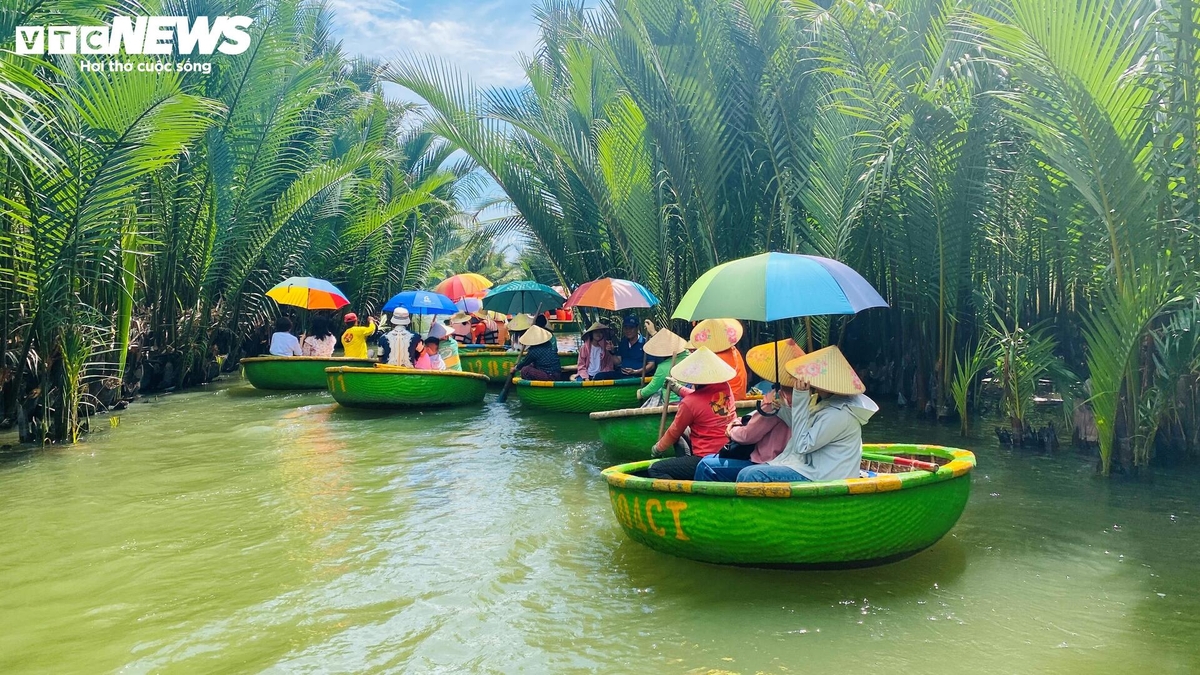





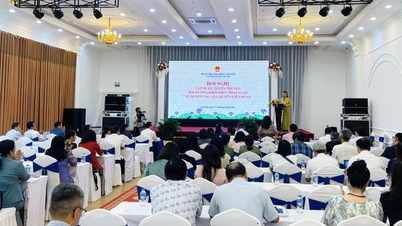


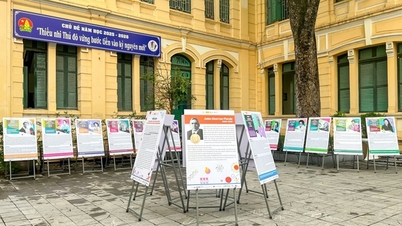





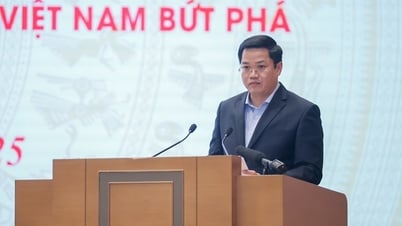
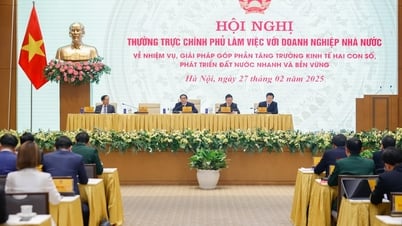



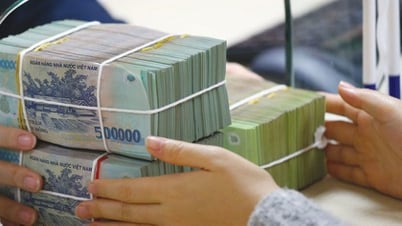

![[Photo] General Secretary To Lam presents the First Class Labor Medal to the Vietnam National Energy and Industry Group](https://vphoto.vietnam.vn/thumb/1200x675/vietnam/resource/IMAGE/2025/9/21/0ad2d50e1c274a55a3736500c5f262e5)











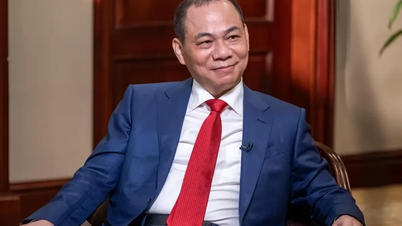















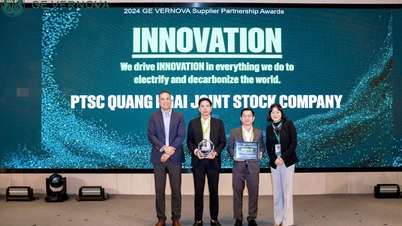









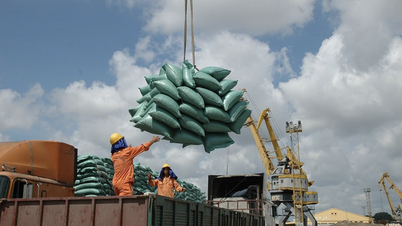












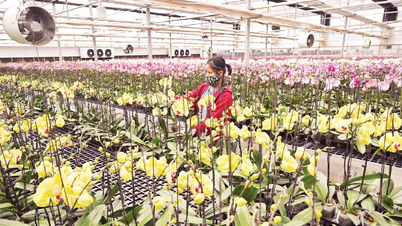












Comment (0)